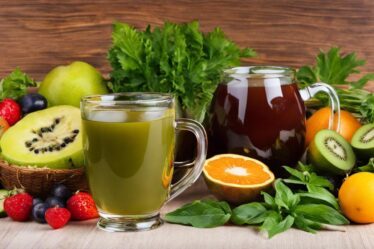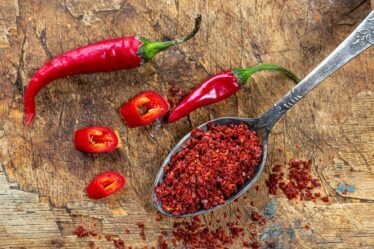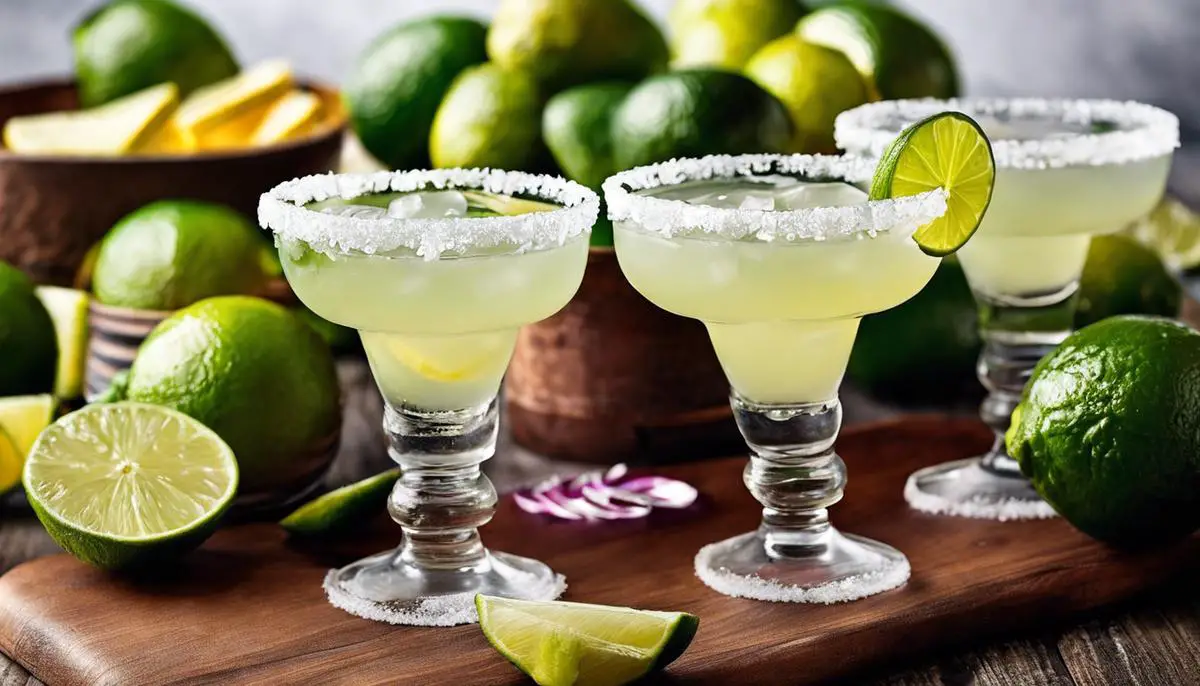
Among the many popular cocktails around the world, the Margarita stands as a timeless classic, often associated with sunny beach getaways and lively celebrations. However, consuming alcohol isn’t always feasible or desirable for everyone. Therefore, understanding the fundamental ingredients of a margarita and identifying non-alcoholic substitutes becomes particularly essential. This understanding not only includes recognizing the role of each ingredient in the cocktail’s overall flavor but also considering how non-alcoholic substitutes can maintain the traditional Margarita allure without necessitating the presence of alcohol.
Understanding Margarita Ingredients
The Quintessential Elements of a Classic Margarita
Of all culinary adventures, exploring the world of mixology is one of the most intriguing and enjoyable. One of the joys of preparing food and drinks lies in the ability to weave together different ingredients and observe how they interact in the final creation. A splendid example of this is the traditional margarita. Its crisp, refreshing, and subtly complex flavor profile is a testament to the culinary magic that goes into its creation.
A margarita’s blend of sweetness, sourness, and the warmth of tequila, together with the salt lining the rim of the glass (which boosts other flavors), creates a symphony of taste that’s hard to beat.
Crucial to any recipe are the ingredients used, and the classic margarita is no exception. It relies on just four key components: tequila, lime juice, triple sec, and salt.
First and foremost, tequila, the spirit backbone of the margarita, should preferably be 100% agave. This ensures a cleaner and arguably more sophisticated taste than mixed tequilas. The smooth, rich flavor of agave tequila can truly shine through the citrus elements, elevating the overall cocktail.
Next is lime juice, providing that delightful sour note to balance out the strong and heady tequila. Freshly squeezed lime juice is a must, as bottled juices simply cannot compare in flavor and quality. Fresh lime juice provides a tartness and zing that dances on the palate.
Triple sec is the chosen orange liqueur for a classic margarita, providing a touch of citrusy sweetness to round off the other punchy flavors. However, while traditional margaritas use triple sec, don’t be afraid to experiment. High-quality substitutes like Cointreau or Grand Marnier may also be used for a slightly richer, deeper taste.
Lastly, the rim of the glass decked out in a halo of crunchy, coarse salt is not merely for aesthetics. The salty kick provides an excellent contrast to the citrus-sweet flavors within and augments the overall sensory experience.
When considering ratios, a traditional margarita follows a pretty straightforward structure: 2-1-1. That’s 2 parts tequila, 1 part lime juice, and 1 part triple sec—a straightforward, fail-safe technique that guarantees a great margarita every time.
Creating a masterpiece involves not just the selection of quality ingredients, but also respecting the simplicity and balance inherent in the recipe. The profundity of flavors housed in a humble margarita is proof that food and drink can be a high form of art, a bridge that spans cultures, making the world taste just a little bit better, one sip at a time.
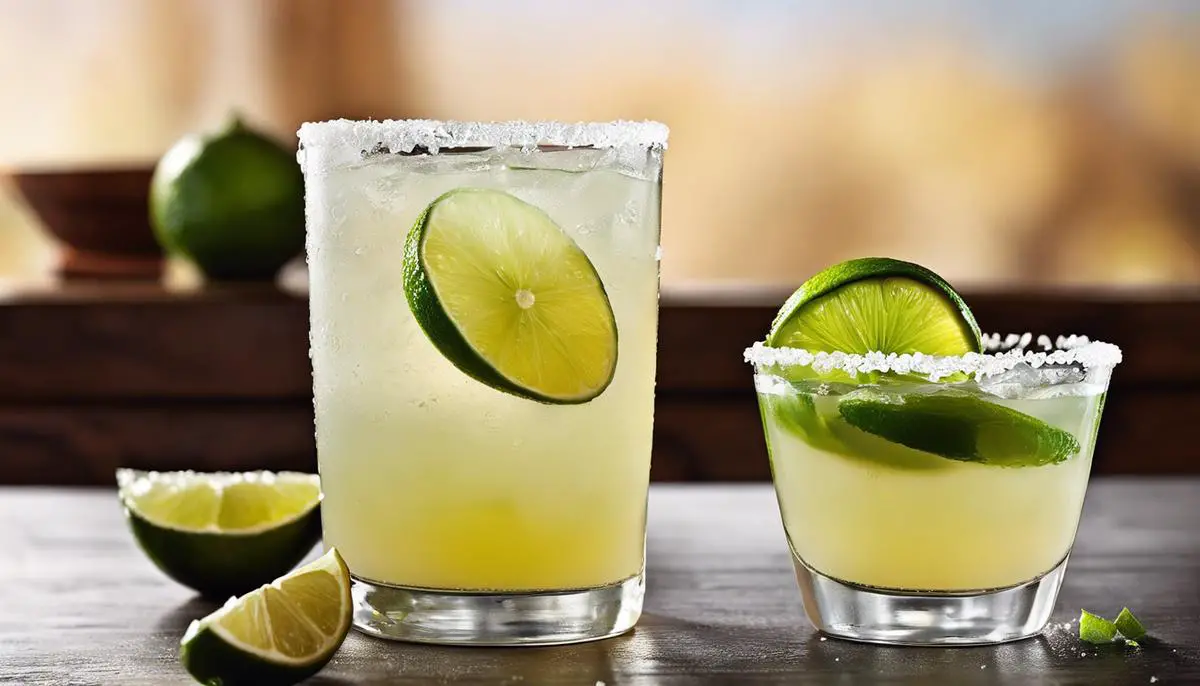
Identifying Non-alcoholic Substitutes
Now, let’s dive into the world of delectable mocktails, focusing on creating a tangy margarita minus the alcohol! Like a culinary adventure, mocktail mixology nudges us to explore the vast expanse of flavors and textures sans the intoxicating spirits. For folks abstaining from alcohol or wishing to indulge moderation, it’s a delightful playground.
In the heart of a classic margarita, you would typically discover tequila. But what can you use when this potent spirit is off the menu? A good, non-alcoholic substitute for tequila in your mocktail margaritas is agave nectar. Derived from the same plant prevalent in tequila’s manufacture, agave syrup imitates some of the unique flavor profiles while offering a naturally sweet balance to the citrusy tartness.
Furthermore, Seedlip, a distilled non-alcoholic spirit, offers an exquisite blend of flavors that mirror tequila’s complex character. The citrusy and peppery notes of Seedlip Grove 42 work remarkably well as a stand-in for the smooth, rich undertones of the agave-based spirit.
For triple sec, the orange liqueur that adds depth to a margarita, flavorful substitutes abound. Orange juice provides the citrus kick needed yet stays accessible for those creating cocktails from pantry staples. However, if you crave the zesty grandeur of traditional triple sec, give a mocktail liqueur like Pierre Zéro a try. It’s alcohol-free, yet capable of imparting a similar orange flavor with a hint of complexity.
Despite the presence or absence of tequila or triple sec, a quality margarita revolves around the eye-popping rush of lime juice. However, when desiring an equally invigorating but distinctively different substitute, fresh grapefruit juice makes for an intriguing choice. Combined with agave nectar or another sweetener, it maintains the classic margarita balance of sweet and sour.
Do not forget the quintessential salt rim, which is anything but optional. Whether you’re toasting with tequila or not, the crunch underlines the freshness of the citrus and rounds off the sweetness. For an alcohol-free margarita, experiment with different salts, such as pink Himalayan or Smoked sea salt, to offer a surprise twist to your taste buds.
Keep in mind, the flavors in your margarita should interplay like a symphony. Whether you stick to the classic 2-1-1 ratio or tweak it to make your personal favorite mocktail, the goal remains the same: enjoying the creativity and camaraderie born around a glass of beautifully balanced beverage, alcoholic or not.
Being able to appreciate food and enjoy drinks in all forms — from well-seasoned vegetables to virgin cocktails — is an art in itself. Remember always, that food, drinks, and the pleasure of sharing a meal with friends transcends all barriers, creating a universal language that everyone, no matter where we come from or what we believe in, can understand and savor truly. And that, is truly the beauty of culinary exploration.
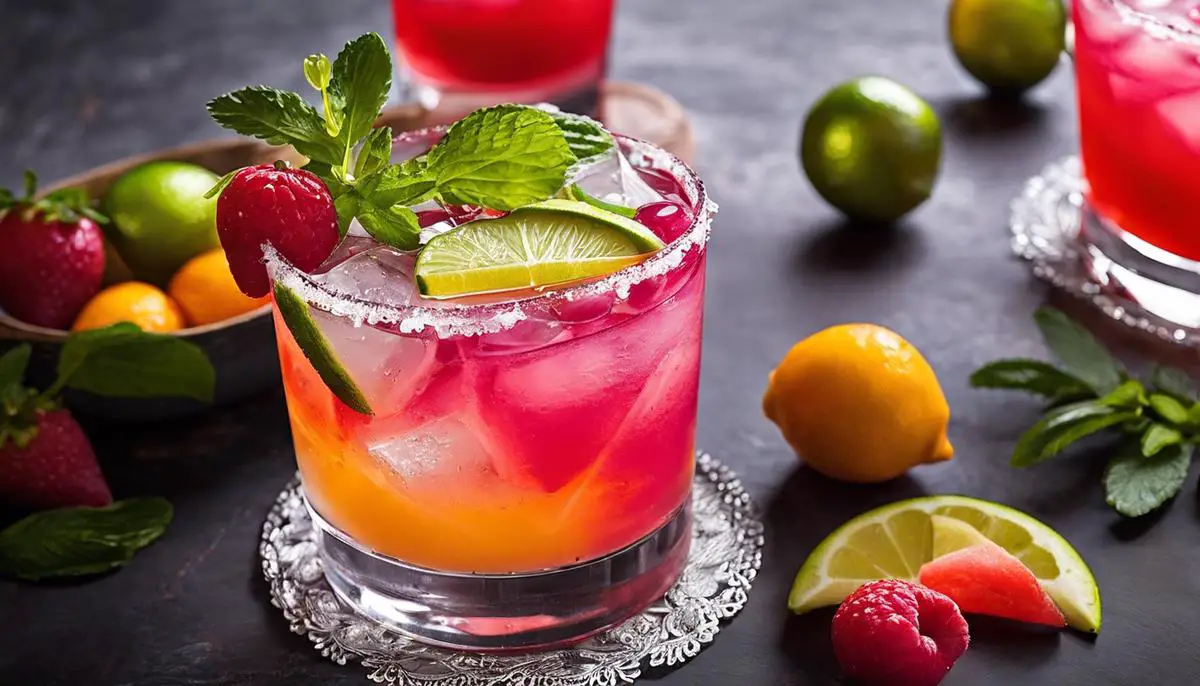
Preparing Non-alcoholic Margarita
Creating a delicious non-alcoholic margarita, often referred to as a margarita mocktail comes down to three essential pillars: top quality ingredients, balance of flavor, and creative mixology skills. If there’s one thing a true food lover appreciates about food and drinks, it’s that they hold a unique power to offer new experiences and adventures in every sip or bite. That’s exactly what a well-crafted mock margarita is – an adventure.
To make a non-alcoholic margarita, the first step is to find a sensible non-alcoholic substitute for tequila. One of the best options that mimic the unique flavor profile of tequila, without the alcohol, is Seedlip Grove 42. It carries a bright and citrus-forward taste, with complexity added by spice and wood tones.
Alternatively, a simple mixture of agave nectar and fresh lime juice can work to replicate the sweetness and sourness of tequila. Agave nectar is made from the same plant as tequila, which gives it an authentic and natural connection to the cocktail, and adds a sweet and slightly vegetal note which is distinctive to tequila.
Next is the replacement for triple sec. This orange liqueur is easy to replicate without alcohol; a nice, thick orange juice, preferably fresh-squeezed, can replace the citrus and sweetness that triple sec brings to the table. Another option is a non-alcoholic orange liqueur (yes, they exist!) such as Monin’s Orange Spritz Syrup that adds a convincing triple sec flavor with zero alcohol.
Furthermore, a bit of a twist on the traditional can be fun too. For those who enjoy a bit of tartness, freshly squeezed grapefruit juice can be used as an intriguing substitute for lime juice. This alternative brings a lovely pink hue and adds an extra punch of citrusy sourness that plays well with the sweetness of the agave nectar or orange juice.
When it comes to the quintessential salt rim on the margarita glass, there is absolutely no need for substitution. The salt brings out the flavors and contrasts the sweetness. But why not try out different types of salts? Coarse sea salt, flavored salts, even pink Himalayan salt can make a world of difference in taste and presentation.
Experimentation is what keeps a culinary adventure, like making the perfect non-alcoholic margarita, alive. It is all about balance and flavor interplay. It’s similar to composing a song or painting a masterpiece – every note, every brushstroke matters. To achieve the perfect balance, a good rule of thumb would be to maintain the 2-1-1 ratio but with substituted ingredients. The new rule would be 2 parts Seedlip or agave nectar-lime mixture, 1 part orange juice or mocktail liqueur, and 1 part fresh grapefruit juice or lime juice. Remember the importance of taste-testing while crafting. Everyone’s taste palates are different, so tweak as necessary.
Enjoying food and drinks, alcoholic or not, is about the experience, the passion, and the sharing of joy. Delighting in a beautifully balanced, well-crafted non-alcoholic margarita is as much a testament to the universal language of culinary exploration as enjoying a meal at a world-class restaurant. It’s about finding that perfect note of flavor, that one ingredient that makes the dish or drink uniquely delightful. Therein lies the beauty of non-alcoholic mixology – you can enjoy the craft, the taste, and the company without the worries of the alcohol. Let’s toast to that with a deliciously adorning, and most importantly, non-alcoholic margarita in hand. Cheers!
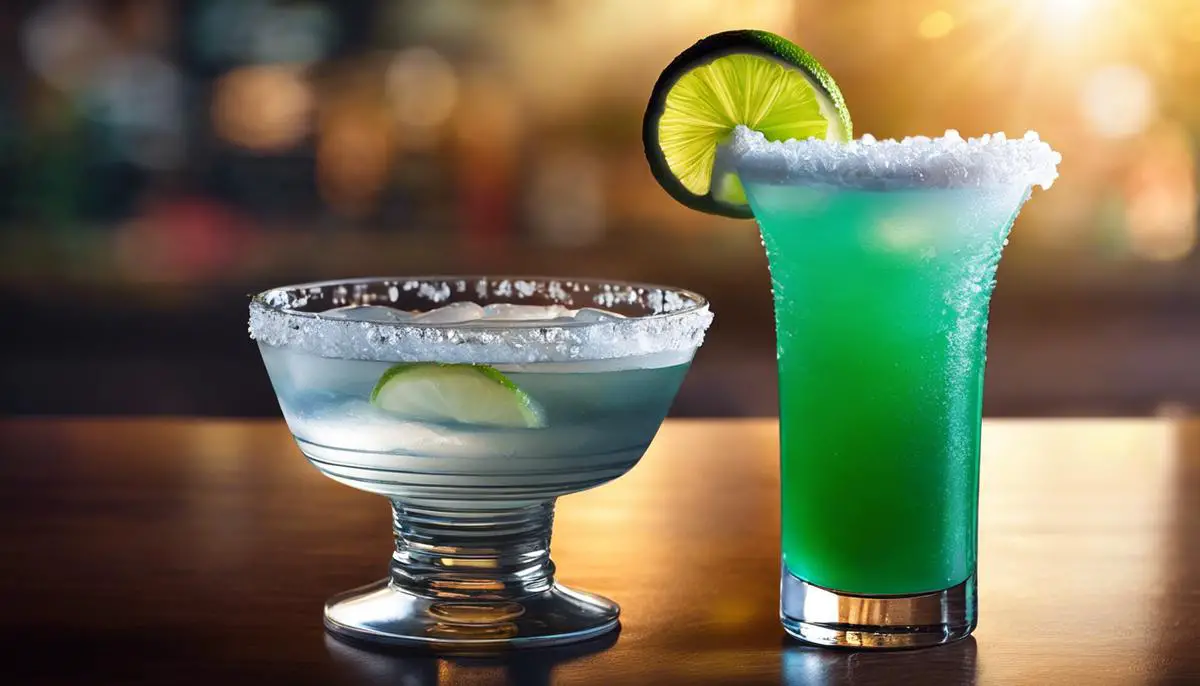
Non-alcoholic Margaritas don’t have to compromise on flavor and can continue to serve as a vibrant, refreshing indulgence. By comprehending the basic components of a Margarita and employing suitable non-alcoholic alternatives, the essence of this beloved drink is not lost but rather adapted to accommodate different preferences and situations. This step-by-step guide will provide a foundation for preparing such an adjustment, enriching your skills and expanding your options as a mindful, inclusive host. Remember, the essence of the Margarita is not just about the mix of ingredients, but also the joy it brings to any social occasion. So here’s to making Margaritas that everyone can enjoy!

